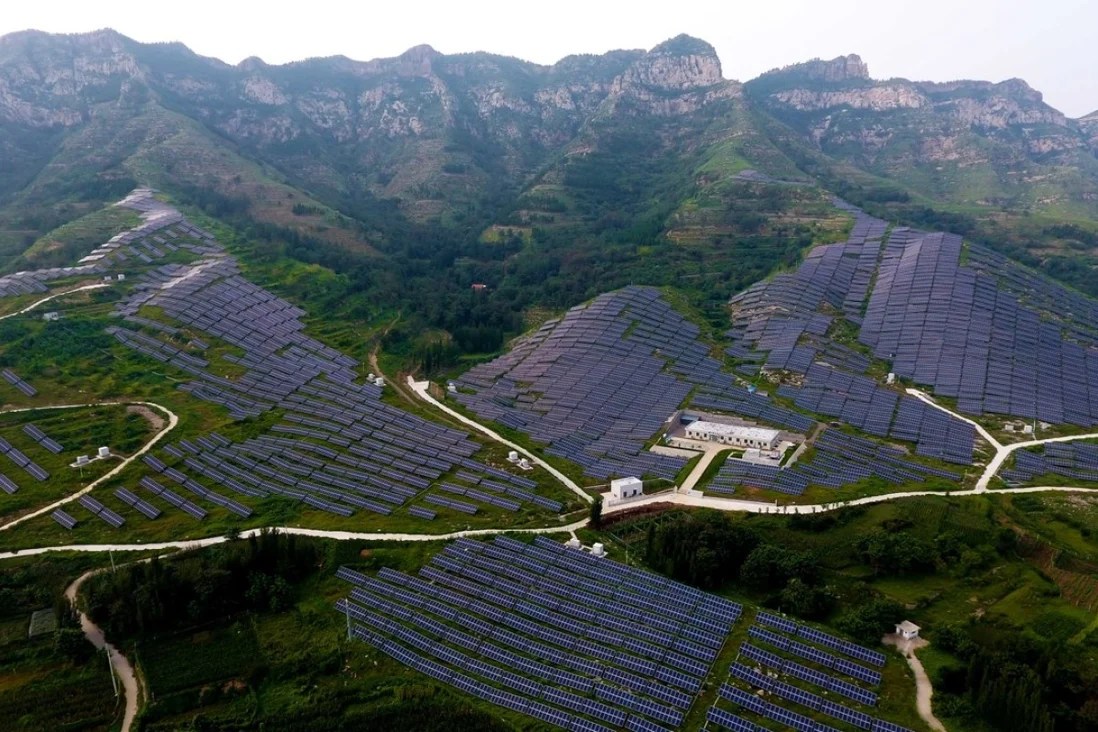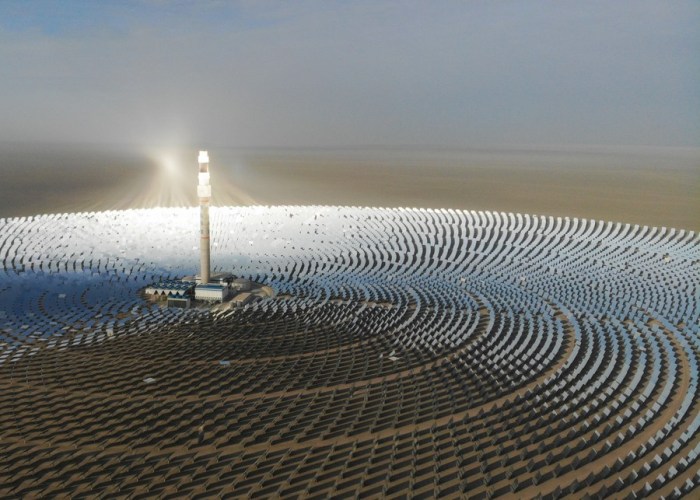The Solar Impulse Project
The Solar Impulse project, a brainchild of Bertrand Piccard and André Borschberg, is a pioneering endeavor aimed at showcasing the potential of renewable energy and sustainable technologies. It involves the development and flight of solar-powered aircraft, pushing the boundaries of aviation and inspiring the world to embrace clean energy solutions.
History and Goals
The project’s genesis can be traced back to 1999 when Bertrand Piccard, a renowned Swiss psychiatrist and adventurer, conceived the idea of circumnavigating the globe in a solar-powered aircraft. The primary goal was to demonstrate the feasibility of solar flight and inspire a shift towards sustainable energy sources. The project evolved over time, with the first prototype, Solar Impulse 1, making its maiden flight in 2009. This aircraft achieved several milestones, including a 26-hour flight in 2010.
Aircraft Design and Technology
The Solar Impulse aircraft is a marvel of engineering, designed to maximize energy efficiency and optimize solar power utilization. The aircraft’s key features include:
- Lightweight construction: The aircraft is built with a carbon fiber fuselage and wings, minimizing weight while maintaining structural integrity.
- Large wingspan: The extensive wingspan, spanning over 200 feet, allows for a large surface area to capture solar energy.
- Solar cells: Thousands of high-efficiency solar cells are integrated into the wings, converting sunlight into electricity.
- Lithium-polymer batteries: The batteries store the energy generated by the solar cells, powering the aircraft during nighttime or when sunlight is limited.
- Electric motors: The aircraft is propelled by electric motors, eliminating emissions and reducing noise pollution.
Environmental and Energy Implications
The Solar Impulse project has significant environmental and energy implications. It highlights the potential of solar energy as a viable alternative to fossil fuels, demonstrating its ability to power aircraft and other applications. The project’s success has inspired innovation and research in renewable energy technologies, driving advancements in solar cell efficiency, battery storage, and electric propulsion systems. Furthermore, it underscores the importance of sustainable development and the need to transition towards a cleaner and more environmentally friendly future.
The China Landing
The landing of Solar Impulse in China was a pivotal moment in the history of aviation and a testament to the potential of renewable energy. It marked the culmination of a daring journey across the globe, showcasing the power of innovation and human ingenuity. The landing not only served as a technological feat but also held significant diplomatic and cultural implications.
Landing Location and Significance
The Solar Impulse landed at Nanjing, the capital of Jiangsu province, a city renowned for its rich history and economic dynamism. The Nanjing Lukou International Airport, a major hub for air travel in Eastern China, provided the perfect setting for the momentous occasion. The choice of Nanjing was strategic, as it highlighted China’s commitment to sustainable development and its role as a global leader in renewable energy technologies.
Reactions and Responses
The landing was met with overwhelming enthusiasm from Chinese officials and the public alike. The landing was hailed as a symbol of international cooperation and a testament to the power of innovation. Chinese officials lauded the project as a remarkable achievement, showcasing the potential of clean energy technologies. The landing also sparked a wave of interest and excitement among the Chinese public, who were inspired by the project’s ambition and its message of environmental sustainability.
Technological Advancements: Solar Impulse Touches Down In China
The Solar Impulse’s journey to China was a testament to human ingenuity and technological prowess. The aircraft, powered entirely by solar energy, pushed the boundaries of aviation, showcasing the potential of renewable energy in achieving extraordinary feats.
Solar Energy Powering the Aircraft
Solar energy played a pivotal role in powering the Solar Impulse. The aircraft was equipped with over 17,000 solar cells, covering its entire wingspan. These cells converted sunlight into electricity, which charged lithium-polymer batteries. The batteries stored the energy collected during the day, allowing the aircraft to fly through the night.
Challenges and Breakthroughs in Aircraft Technology
The development of the Solar Impulse involved overcoming numerous technological challenges. The aircraft had to be incredibly lightweight to maximize its efficiency. This was achieved through the use of advanced materials, such as carbon fiber, which is both strong and lightweight.
The Solar Impulse’s wingspan was larger than that of a Boeing 747, yet it weighed less than a car.
The aircraft also had to be aerodynamically efficient to minimize energy consumption. This was achieved through careful design and optimization of its shape and wing structure. The aircraft’s engineers developed a unique system of flaps and spoilers that allowed it to adjust its lift and drag depending on the wind conditions.
- Lightweight Construction: The aircraft’s lightweight construction was a major challenge. Engineers used advanced materials, such as carbon fiber, to reduce weight while maintaining structural integrity.
- Aerodynamic Efficiency: The aircraft’s aerodynamic efficiency was crucial for minimizing energy consumption. Engineers designed the aircraft with a streamlined shape and optimized wing structure to reduce drag.
- Solar Cell Technology: The development of highly efficient solar cells was essential for capturing enough energy to power the aircraft. Engineers used thin-film solar cells, which are lighter and more flexible than traditional solar cells.
- Battery Technology: The aircraft’s batteries needed to be lightweight, durable, and capable of storing large amounts of energy. Engineers used lithium-polymer batteries, which have a high energy density and long lifespan.
- Flight Control Systems: The aircraft’s flight control systems had to be highly sophisticated to ensure safe and stable flight. Engineers developed a system that allowed the aircraft to automatically adjust its flight path and altitude based on wind conditions and battery levels.
Global Impact and Future Prospects
The Solar Impulse project’s successful circumnavigation of the globe using only solar power has profound implications for the global energy landscape, the future of aviation, and the broader pursuit of sustainable development. This pioneering achievement serves as a powerful demonstration of the potential of renewable energy technologies and inspires innovation across multiple sectors.
Impact on the Global Energy Landscape
The Solar Impulse project has significantly raised awareness about the potential of solar energy and its role in addressing the global energy crisis. The project’s success in powering a long-distance flight solely on solar energy showcases the viability of this technology for a variety of applications. This achievement serves as a compelling argument for increased investment in solar energy research and development, particularly in areas like energy storage and efficiency.
Future Applications of Solar-Powered Aircraft Technology, Solar impulse touches down in china
The technological advancements developed for the Solar Impulse project have opened up exciting possibilities for the future of aviation. The project’s innovative lightweight materials, high-efficiency solar cells, and advanced battery systems can be adapted for various applications, including:
- High-altitude, long-endurance surveillance and monitoring: Solar-powered aircraft can provide continuous monitoring of vast areas for environmental monitoring, disaster relief, and border security purposes.
- Sustainable air cargo and passenger transport: With ongoing advancements in battery technology and solar cell efficiency, solar-powered aircraft could eventually become a viable option for short- to medium-range air travel.
- Scientific research and exploration: Solar-powered aircraft offer a unique platform for conducting atmospheric research, mapping remote areas, and exploring the upper atmosphere.
Implications for Renewable Energy and Sustainability
The Solar Impulse project is a testament to the power of innovation and collaboration in addressing global challenges. It demonstrates the potential of renewable energy to transform the energy sector and contribute to a more sustainable future. The project’s success has inspired governments, businesses, and individuals to embrace renewable energy solutions and invest in a cleaner, more sustainable energy future.
Solar impulse touches down in china – The landing of the Solar Impulse in China serves as a powerful testament to the potential of human ingenuity and the promise of a cleaner, more sustainable future. It signifies a shift in global thinking towards renewable energy sources and highlights the vital role of technological innovation in addressing pressing environmental challenges. The Solar Impulse project, with its impressive feats of endurance and technological prowess, inspires us to dream bigger and push the boundaries of what is possible, paving the way for a future where clean energy powers our world.
The Solar Impulse’s landing in China marks a significant milestone in the quest for sustainable flight. It’s a reminder that innovation knows no bounds, just like the possibilities of technology. Remember that time Apple made waves with the 2017 iPhone virtual button built into screen ? It was a game-changer, and the Solar Impulse’s journey is just as groundbreaking, showing us what the future of clean energy might look like.
 Standi Techno News
Standi Techno News

